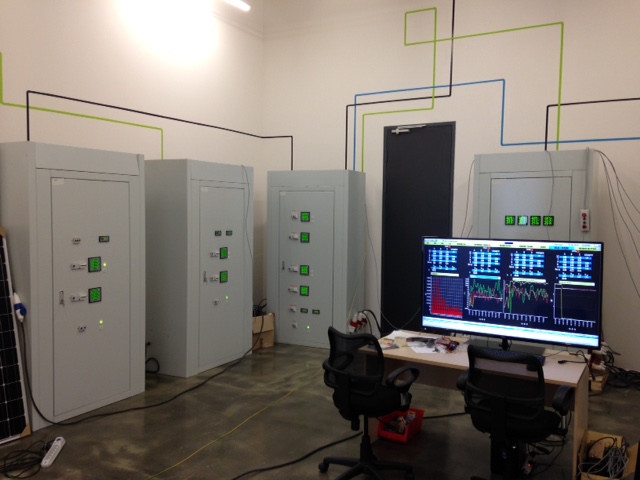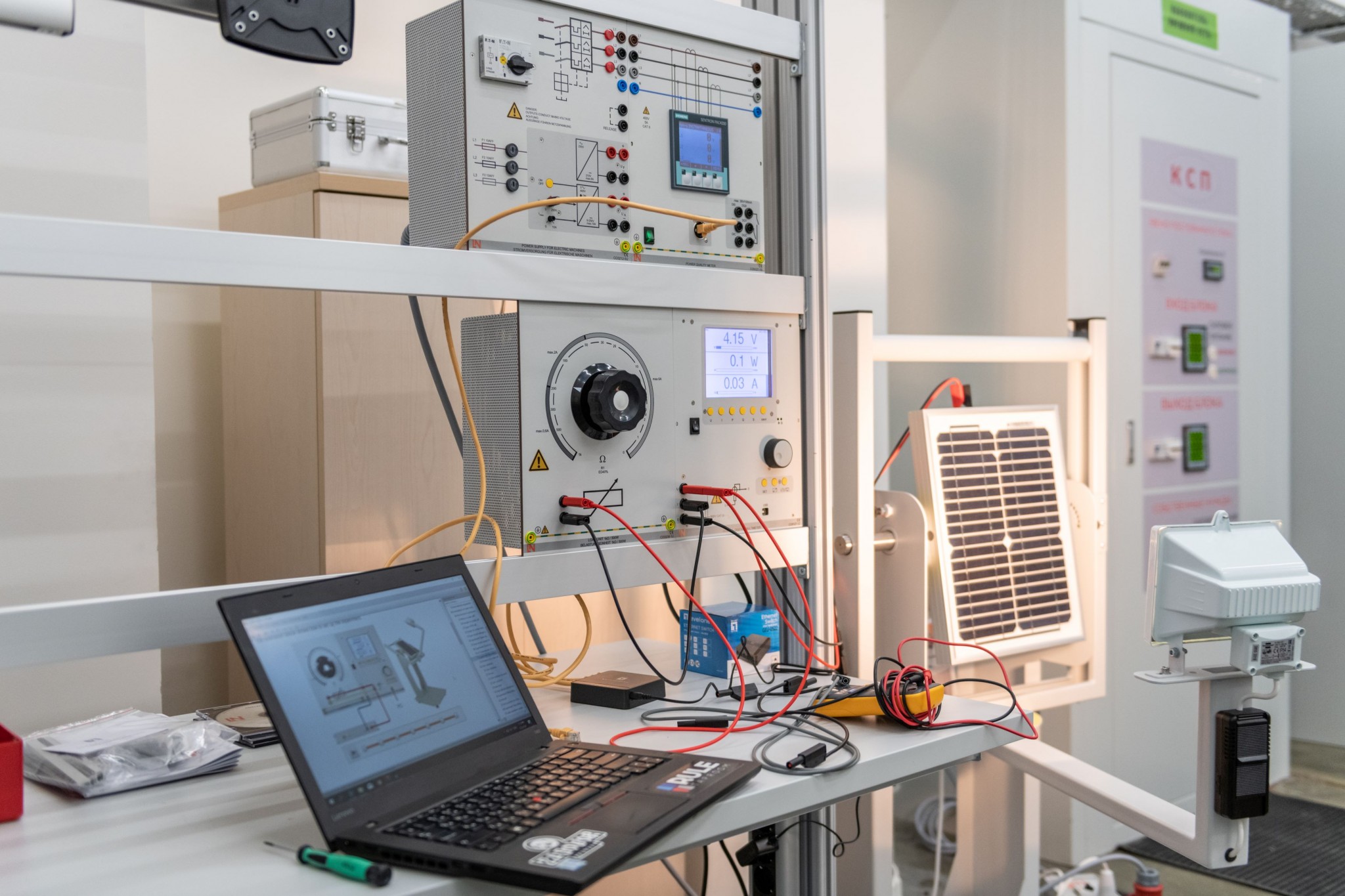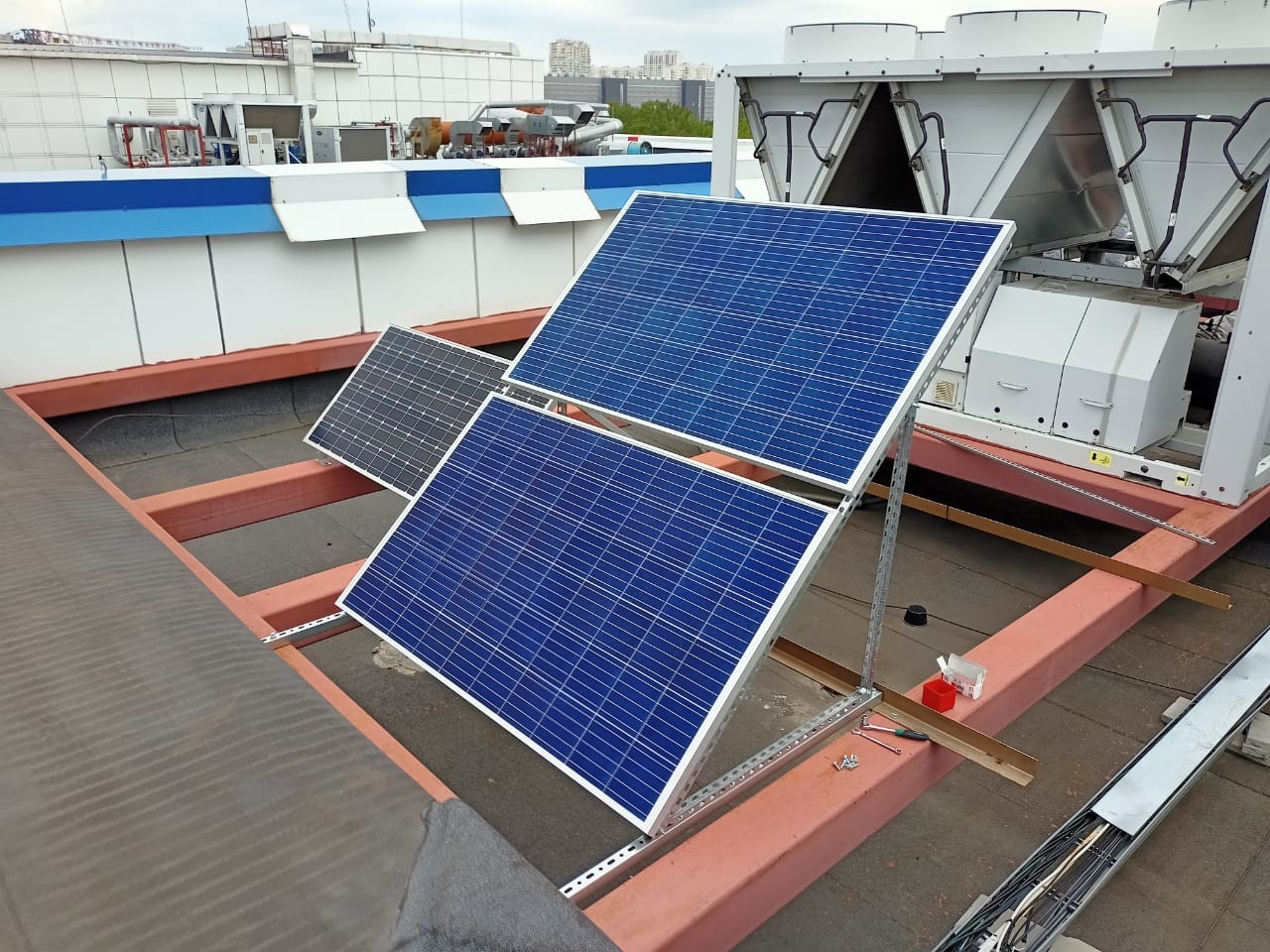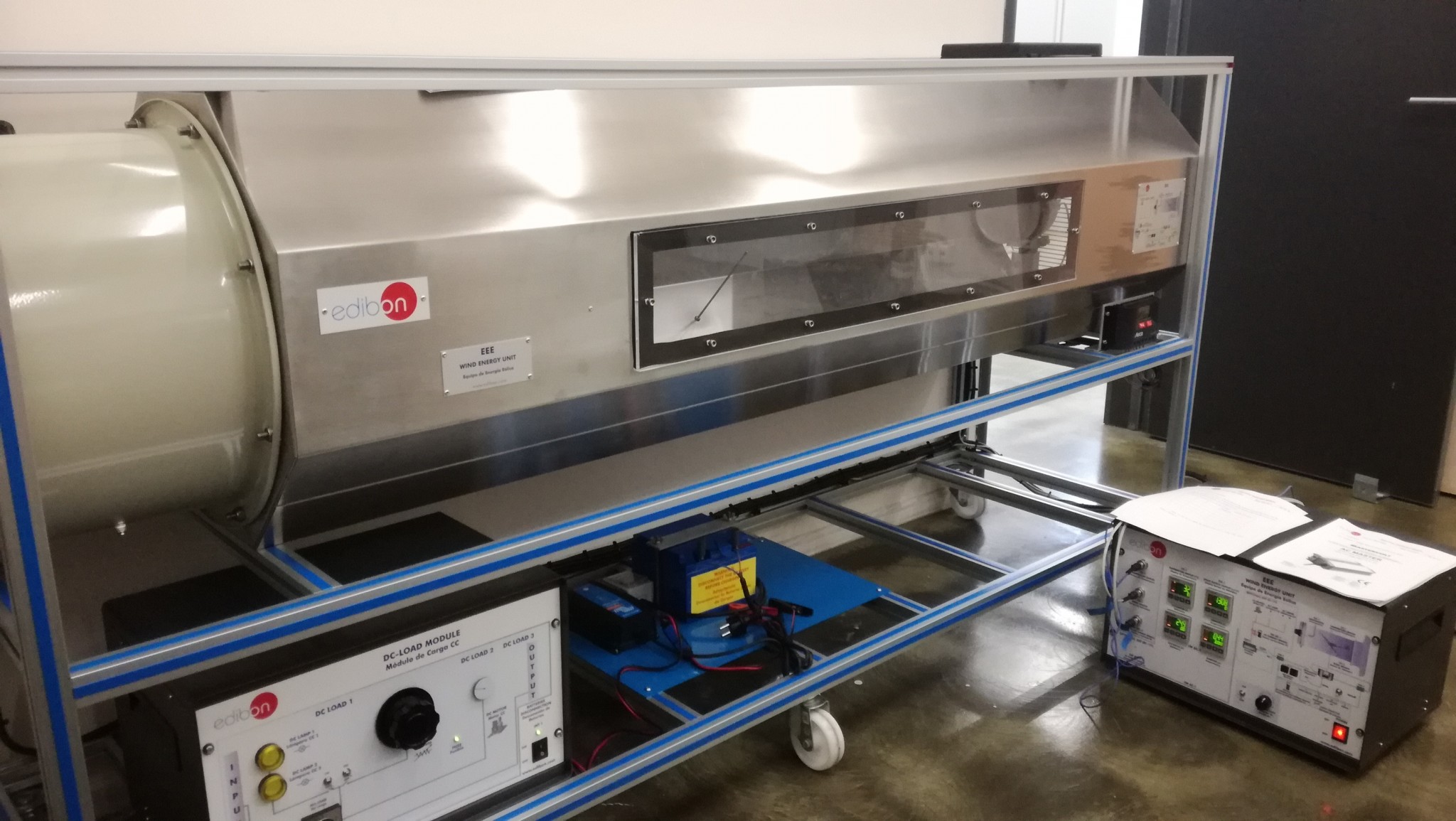Micro grid laboratory
It consists of an isolated microgrid based on 100% of inverters. It is ideal to test any advanced control in low inertia systems.
In addition to this test bench where you can find solar and wind emulators, energy storage systems, programmable loads, a diesel generator and a syncronous compensator and even a programmable network by using SCADA. On top of that, the micro grid lab has a real time simulator which can interact with the grid creating the hardware-in-the-loop system. Thus, the researcher writes his experiment in Matlab/Simulink and control the real elements and receives the feedback in the simulink to close the contrl loop. The real-time simulator is the OPAL-RT 5600.
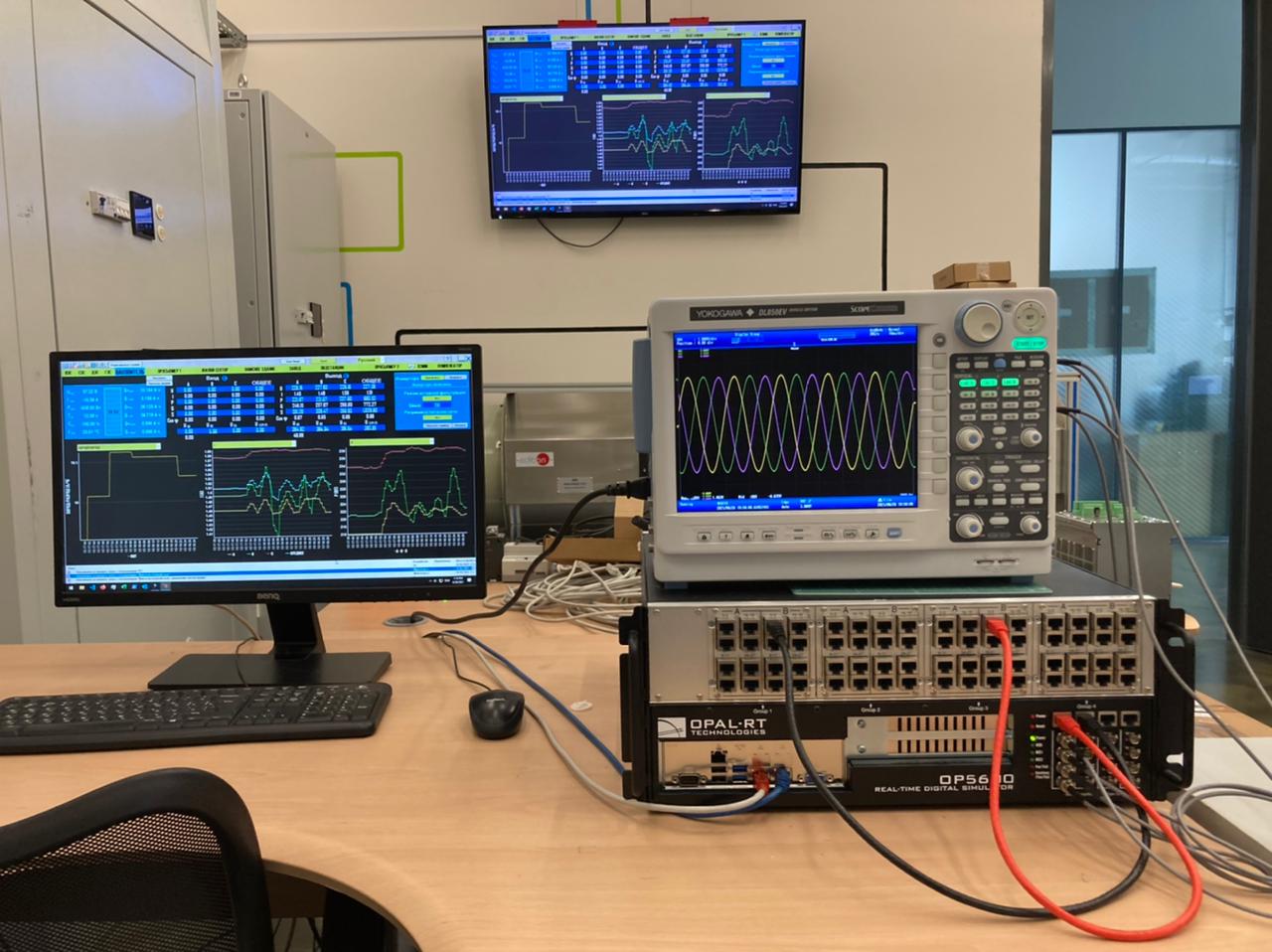 |
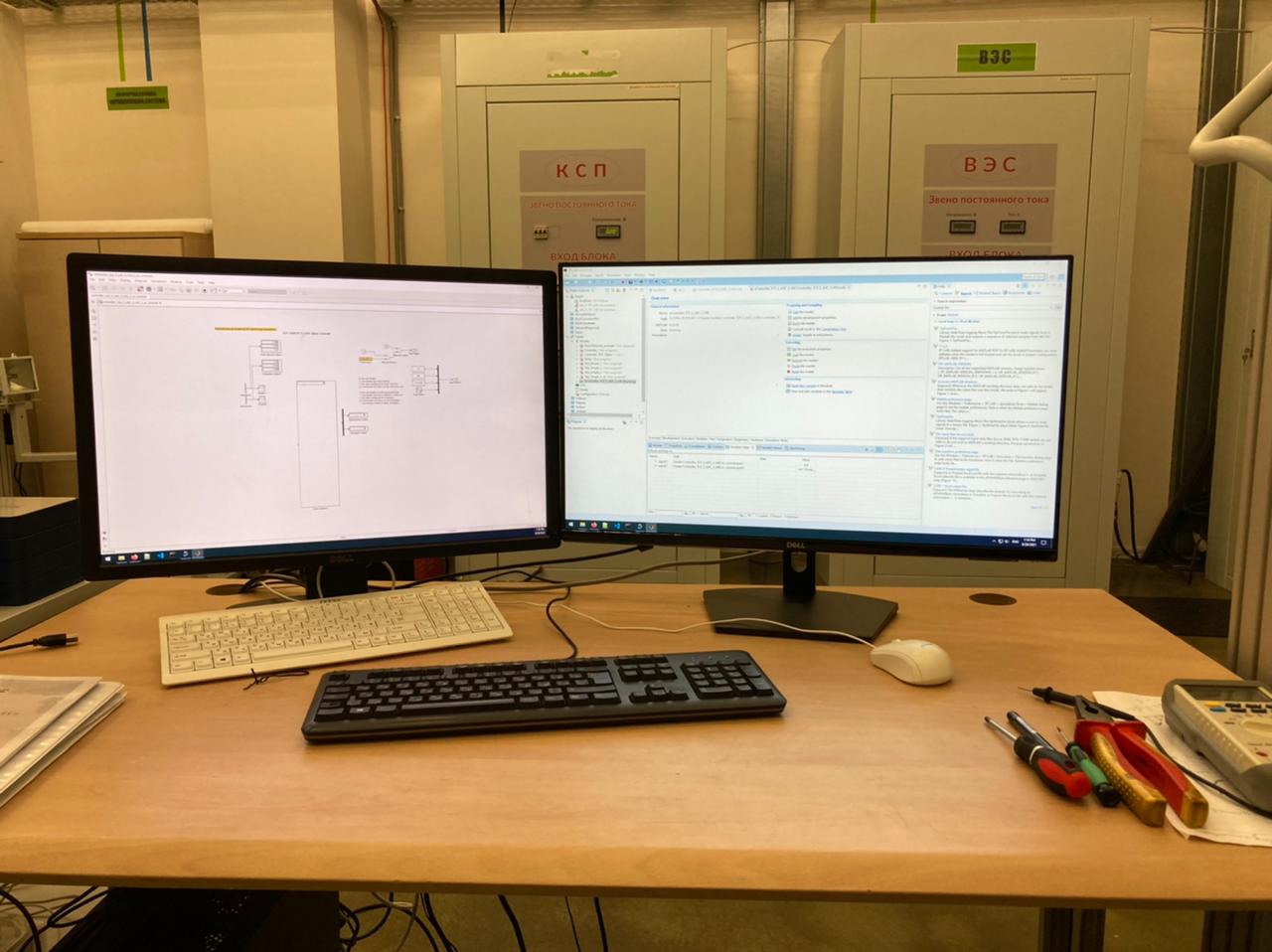 |
This facility is a modernized electricity network, that used information and communication networks and technologies to gather information on energy production and consumption, allowing automatically improve the efficiency, reliability, economic benefits, as well as production stability and distribution of electricity. Includes: Solar panels, Wind farm, Energy storage system, Diesel generator, Heat Pump, Fuel cell instalation, Hydro generator, Programmable loads, Connection matrix.
The Micro lab allows us :
- To test any kind of new devices like renewable energy generators, smart loads, or different types of energy storage systems in a real grid.3
- To validate a microgrid design for remote areas. The Lab allows us to introduce different load and generator profiles to test a microgrid design for remote areas by selecting the island mode.
- To estimate the energy saving by using a microgrid attached to the main grid.
- To perform and study different energy management controls, like peak shaving strategies in order to improve the reliability and the power quality of the grid.
- To simulate different kind of energy storage systems attached to a real grid.
- To study instabilities and develop strategies to minimize them.
- To analyze power flow between different point of a grid by using a network matrix with transmission line impedances.
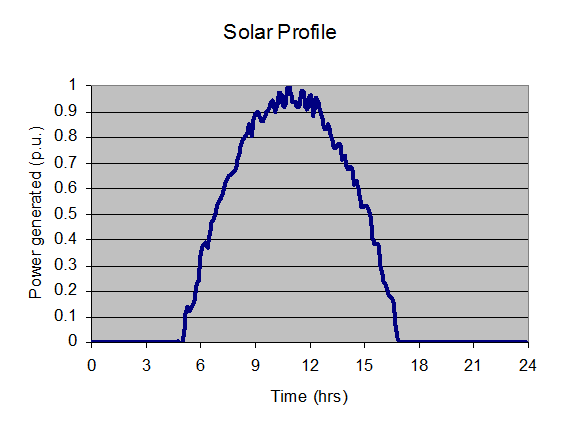
PV and Wind generators consist of tri-phase inverters that allow us :
- To emulate any power profile from a virtual PV panel or a wind turbine
- To attach the real PV panel or wind turbine to test the microgrid in a real mode

Active and Reactive programmable loads.
 They consist of two tri-phase programmable RL loads that permit us:
They consist of two tri-phase programmable RL loads that permit us:
- To emulate any active or reactive power demand from an industry or residential areas
- The profiles can be fixed at the beginning of the experiment or can be variable in real-time in order to follow a demand from another place
- The power demand can also be modified by the energy management control unit in order to test any kind of smart load which increase the demand when the renewable energy is available

Energy storage system.
ESS consists of tri-phase bidirectional inverters that can charge or discharge the energy storage devices. The energy storage devices are:
- Li-ion batteries as an energy resource
- Supercapacitors as a peak power resource
A mixture of both devices allows us:
- To simulate other kind of energy storage technologies by modifying the inverter/charger dynamics
- To analyze and test different kind of strategies in energy management control. It is possible to evaluate
- Peak shaving strategies

- Frequency regulation
Diesel generator.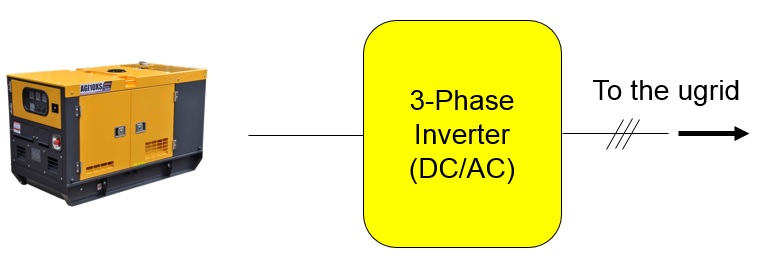
It provides the back-up system when the energystorage is empty
It consists of tri-phase inverters connected to a the real diesel generator
Connection matrix.
- It allows us to have four connection points to the microgrid
- Each connection point is attached to a transmission line in order to simulate some distance between each node
- It allows us to measure the power flow and the voltage in each node in order to control the grid parameters


Grid emulator (OPAL-RT + Converter) can simulate the main grid and can intercact with the microgrid. So a hardware in the loop simulation for smartgrids is achieved.
Future devices in the grid.
Actually, we are expanding the capabilities of the grid.
It will be added :
- → A 1000W fuel cell with an electrolizer that can produce H2 by absorbing energy from the grid.
- → A emulator than can simulate or test a hydro generator.
